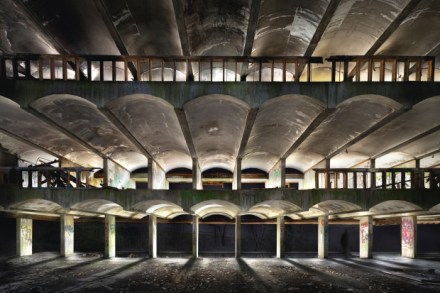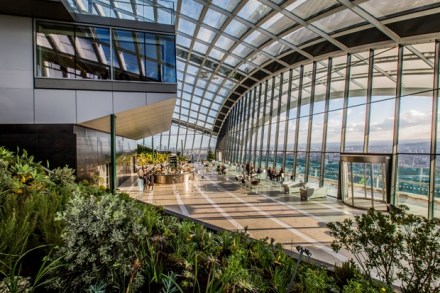Downtown Los Angeles
There’s a certain kind of Englishman who falls hard for Los Angeles. Men such as Graham Nash, who swapped the Hollies and rainy Manchester for Joni Mitchell, David Crosby and Laurel Canyon. The LA of beaches, semi-rural hills and freeways can work wonders on an English heart. But the city has another side — a place most Angelenos never venture. Downtown. The old heart of the city is a vision of how LA might have turned out. It has skyscrapers, art deco buildings and even an underground railway. It feels like Chicago, except that even on a Saturday afternoon, many streets are deserted. Some of those gorgeous pre-war buildings are



















